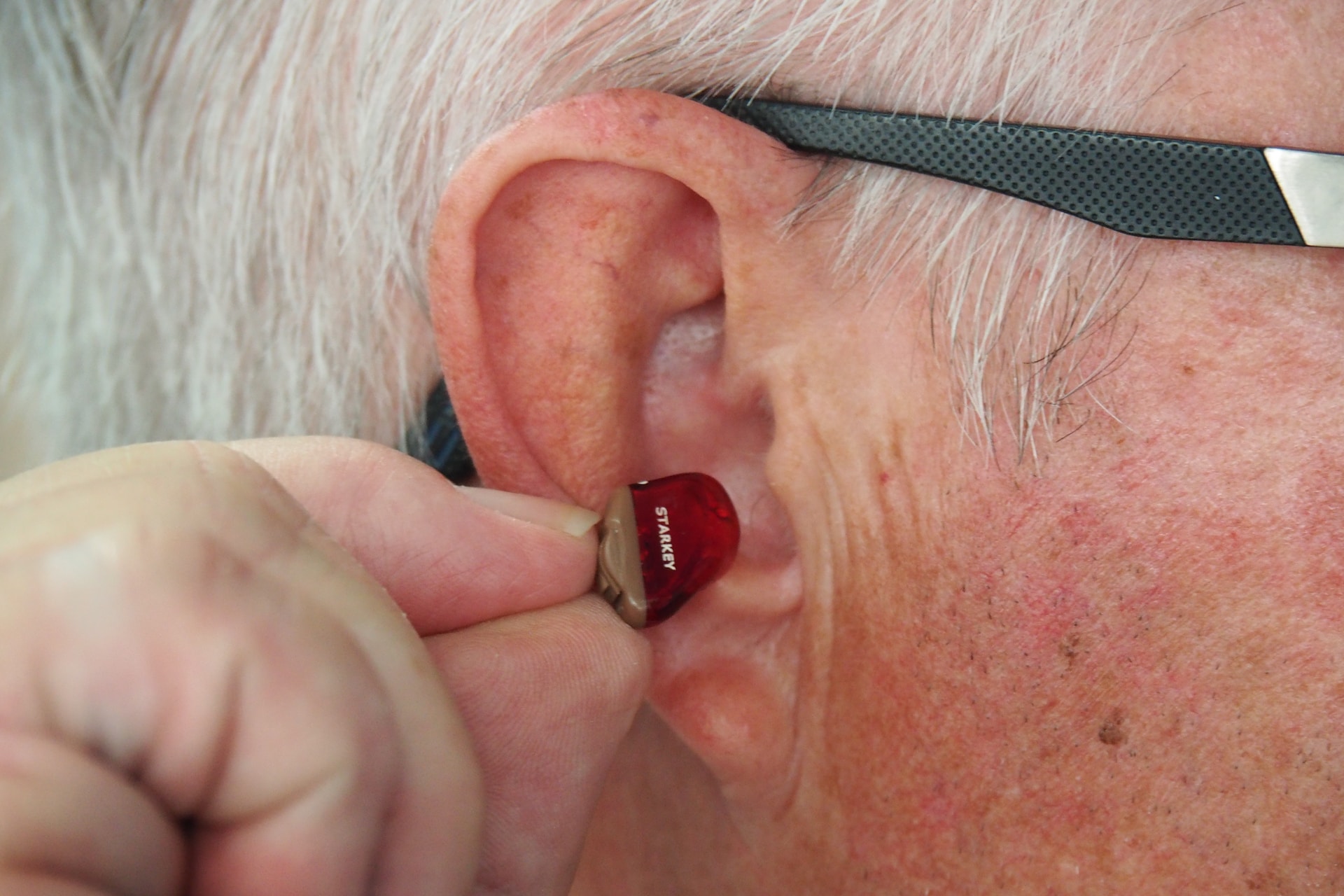Hearing aid technology has come a long way since the first analog devices were invented in the 17th century. The advancements in technology have made it possible for hearing aids to be smaller, more discreet, and more effective than ever before. In this article, we explore the evolution of hearing aid technology from analog to digital and the impact that these advancements have had on the lives of people with hearing loss.
Analog Hearing Aids
Analog hearing aids were the first type of hearing aids that were widely available. These devices used a microphone to amplify sound and a speaker to transmit the amplified sound to the user’s ear. While these devices were effective in helping people with hearing loss, they had several drawbacks. For one, they were large and bulky, which made them uncomfortable to wear. Additionally, they had limited settings, which meant that users had to manually adjust them depending on their environment.
Digital Hearing Aids
The invention of digital signal processing (DSP) in the 1980s revolutionized hearing aid technology. Digital hearing aids use DSP to convert sound into digital signals, which can then be processed and adjusted to meet the user’s specific hearing needs. Digital hearing aids are smaller, more discreet, and more effective than their analog predecessors. Additionally, they have more settings, which means that users can choose the best setting for their environment without having to manually adjust the device.
Wireless Connectivity
One of the most significant advancements in hearing aid technology in recent years is wireless connectivity. Many modern hearing aids come with Bluetooth connectivity, which allows users to stream audio directly to their hearing aids from smartphones, computers, and other devices. This means that users can listen to music, watch TV, and even make phone calls without having to remove their hearing aids.
Noise Reduction
Background noise can be a significant problem for people with hearing loss, making it challenging to hear in noisy environments. However, many modern hearing aids have advanced noise reduction features that can filter out unwanted noise and focus on speech. This means that users can enjoy a conversation in a crowded restaurant or hear their favorite music in a noisy environment without any issues.
Automatic Adjustment
One of the biggest challenges with traditional hearing aids is that users often need to manually adjust the settings depending on their environment. However, modern hearing aids come with automatic adjustment features that can detect changes in the environment and adjust the settings accordingly. This means that users can move from a quiet room to a noisy environment without having to make any adjustments to their hearing aids.
Improved User Experience
In addition to the technical advancements, modern hearing aids have also improved the overall user experience. Many hearing aids are now smaller and more discreet, making them less noticeable to others. Additionally, many devices are now rechargeable, which eliminates the need for frequent battery replacements. Some hearing aids even come with smartphone apps that allow users to adjust settings and monitor their hearing aid performance.
Impact on Quality of Life
The advancements in hearing aid technology have had a profound impact on the quality of life for people with hearing loss. With better sound quality, noise reduction, and wireless connectivity, users can now enjoy a more natural hearing experience. Additionally, the automatic adjustment features make it easier for users to navigate different environments, making social interactions and other activities much more enjoyable.
Conclusion
From the early analog hearing aids to the modern digital devices, hearing aid technology has come a long way. The advancements in technology have made hearing aids smaller, more effective, and more user-friendly. With the continued advancements in technology, we can expect even more significant changes in the future, making life easier and more enjoyable for people with hearing loss.










